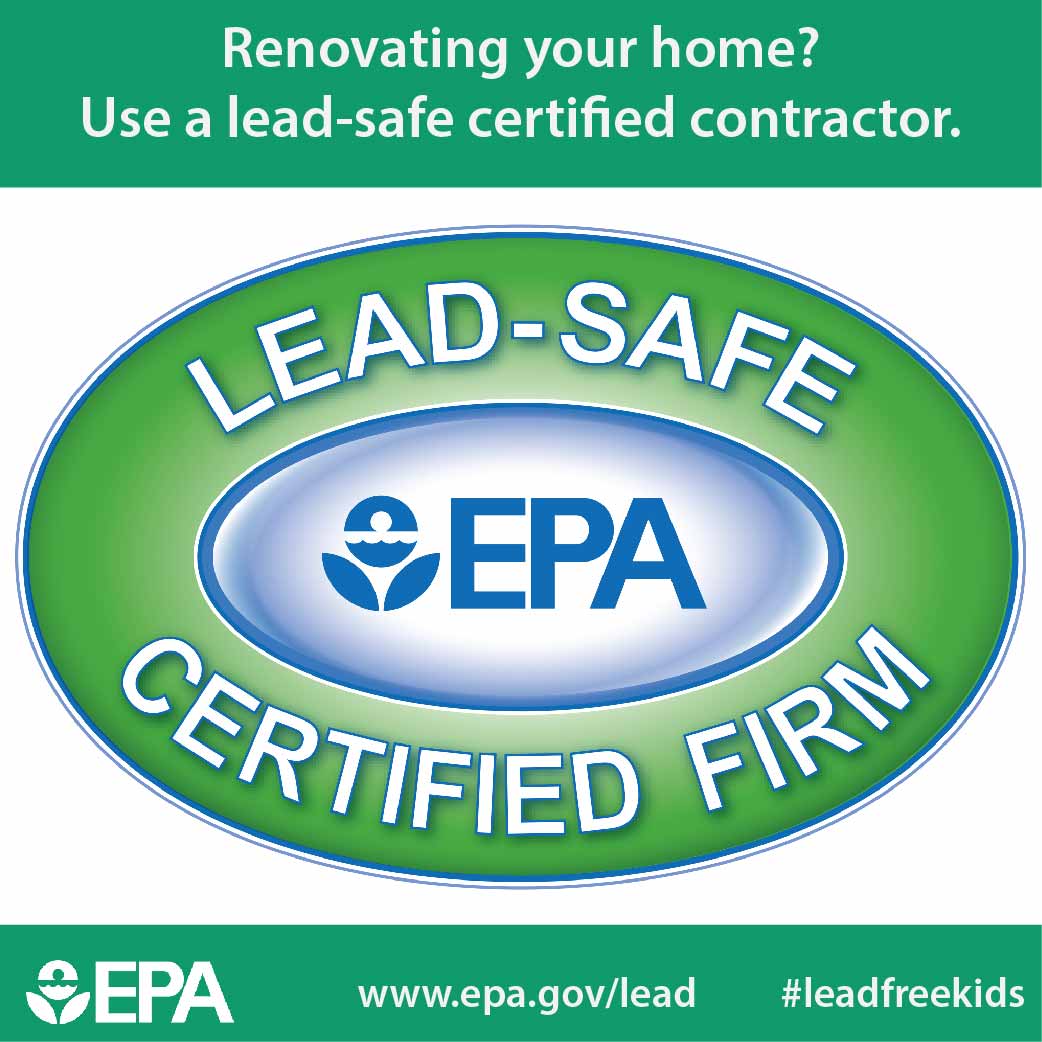Seasonal Factors In Industrial Exterior Paint: Key Insights You Need To Be Aware Of
Seasonal Factors In Industrial Exterior Paint: Key Insights You Need To Be Aware Of
Blog Article
Web Content Produce By-Leach Urquhart
When you're preparing a commercial exterior paint task, seasonal elements can make or damage your results. You'll wish to consider just how temperature and moisture effect paint application and drying out times. Selecting the appropriate period can ensure your paint sticks effectively and lasts longer. Yet which seasons are really the most effective for this kind of work? Let's discover the crucial elements that can affect your job's success.
The Effect of Temperature Level on Paint Application
When you're intending a business exterior painting task, the temperature level can substantially impact exactly how well the paint adheres and dries out.
Preferably, you want to repaint when temperature levels vary between 50 ° F and 85 ° F. If it's also cold, the paint may not heal correctly, leading to concerns like peeling or breaking.
On the other hand, if it's as well warm, the paint can dry as well quickly, avoiding proper bond and leading to an irregular surface.
You need to also take into consideration the time of day; early morning or late afternoon supplies cooler temperature levels, which can be much more beneficial.
Constantly check paint ceilings same as walls for the details paint you're using, as they typically offer assistance on the perfect temperature level variety for optimal results.
Humidity and Its Impact on Drying Times
Temperature isn't the only environmental factor that affects your industrial external painting task; humidity plays a significant duty also. High humidity degrees can reduce drying out times considerably, affecting the general top quality of your paint work.
When the air is filled with dampness, the paint takes longer to heal, which can bring about issues like poor bond and a higher threat of mold growth. If https://www.fox13news.com/news/volunteers-to-paint-70-homes-in-need-of-makeover on an especially damp day, be prepared for extended wait times in between layers.
https://interior-painter-near-me09865.mdkblog.com/40204068/insider-tips-for-a-smooth-cooperation-with-home-painters to monitor neighborhood climate condition and strategy accordingly. Preferably, aim for humidity degrees in between 40% and 70% for optimal drying out.
Maintaining these factors in mind ensures your job remains on track and provides a lasting coating.
Best Seasons for Commercial Outside Paint Projects
What's the best time of year for your industrial outside painting tasks?
Spring and early loss are generally your best choices. During these seasons, temperature levels are moderate, and humidity levels are often lower, developing optimal problems for paint application and drying out.
Prevent summertime's intense heat, which can cause paint to dry too promptly, resulting in inadequate adhesion and surface. In Visit Home Page , winter season's cold temperature levels can impede appropriate drying out and treating, risking the longevity of your paint job.
Go for days with temperature levels between 50 ° F and 85 ° F for optimum outcomes. Keep in mind to inspect the local weather forecast for rain, as damp conditions can destroy your project.
Planning around these variables ensures your paint job runs smoothly and lasts longer.
Verdict
In conclusion, intending your industrial external paint jobs around seasonal factors to consider can make a considerable difference in the result. By organizing job throughout the ideal temperature levels and moisture levels, you'll make sure much better adhesion and drying out times. Bear in mind to watch on regional weather report and pick the right time of year-- spring and very early loss are your best options. Taking these actions will certainly help you accomplish a sturdy and specialist coating that lasts.
